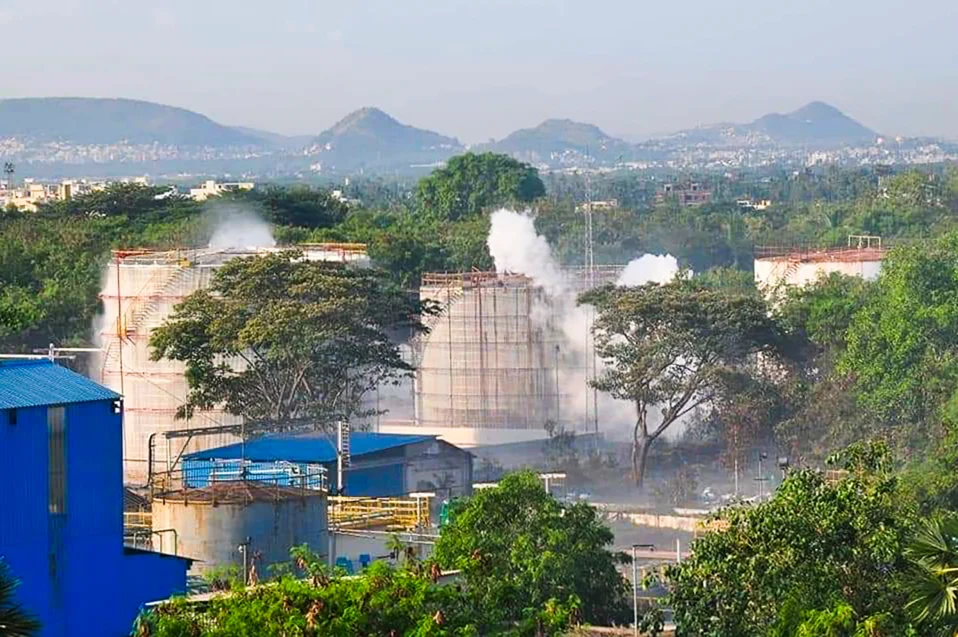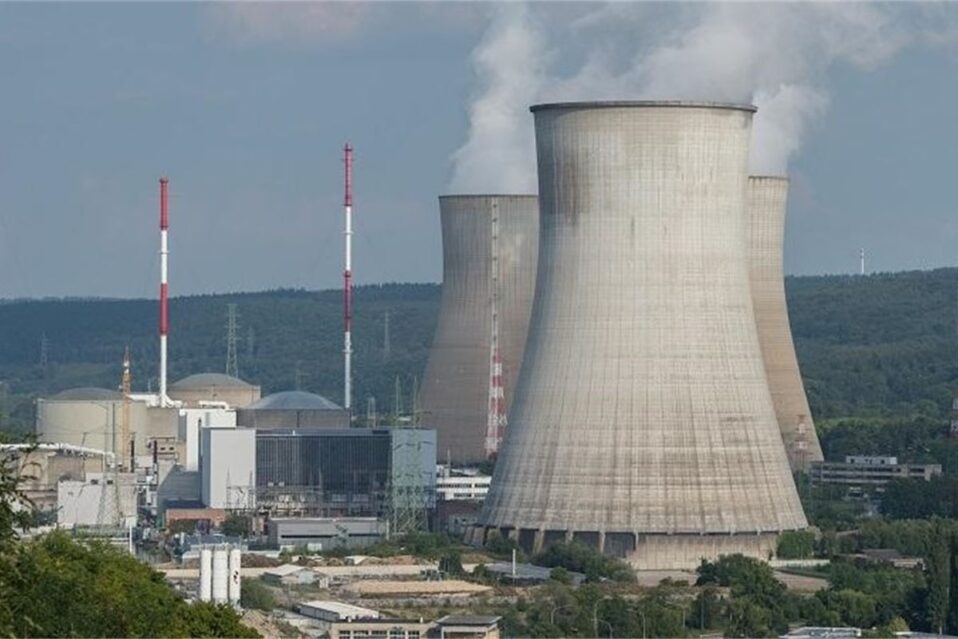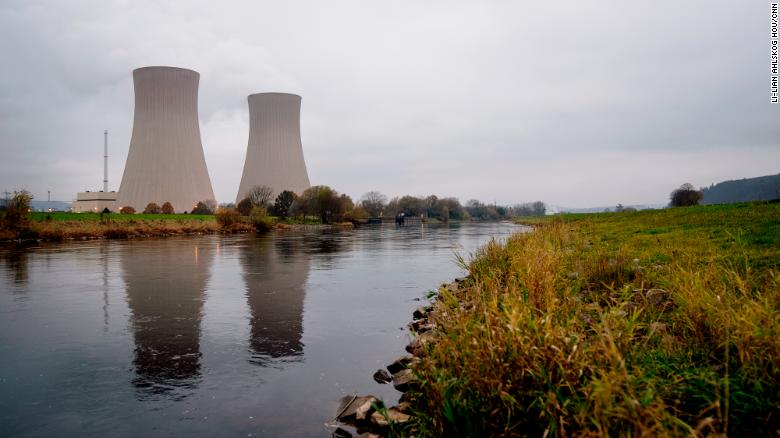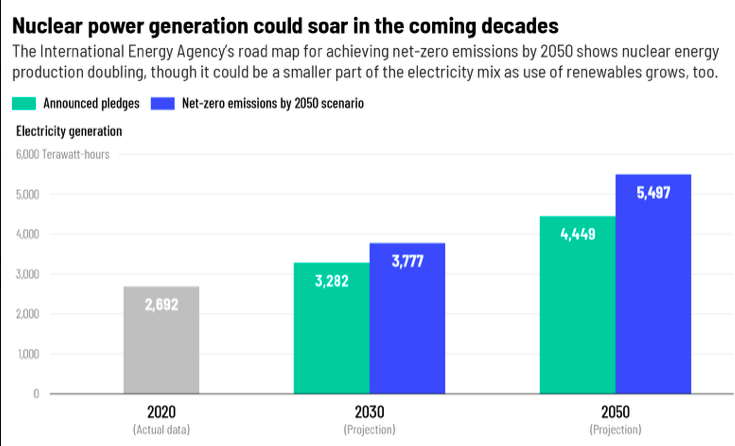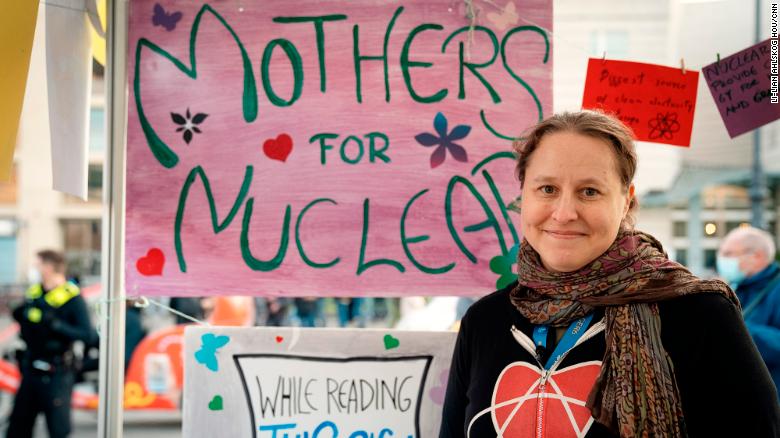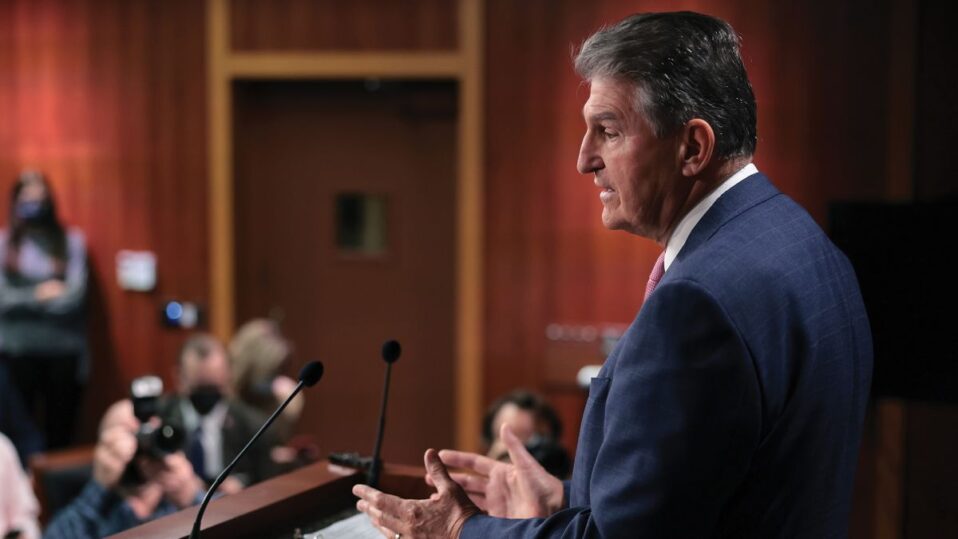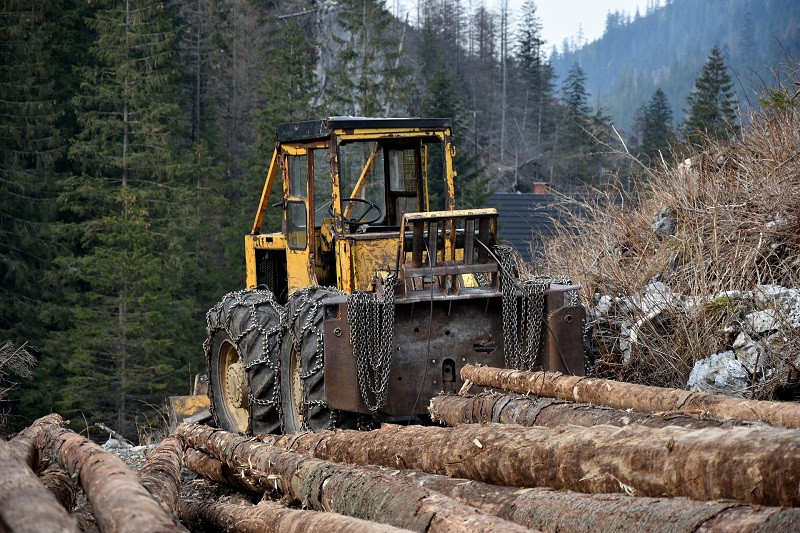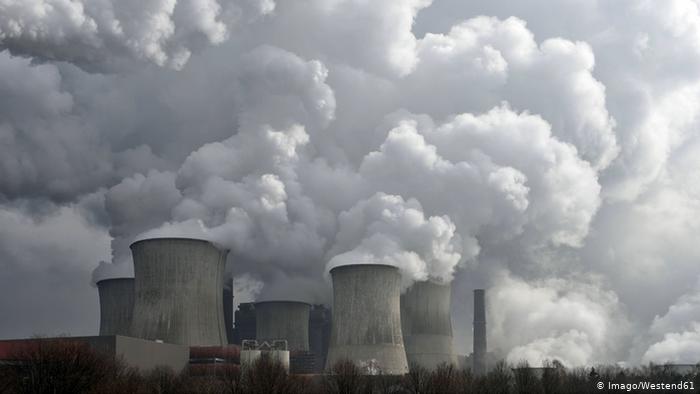An island kingdom just off the Arabian Peninsula, known as the first emirate nation to discover oil in 1932, wants to re-establish itself as the global center for sustainable pearls.
Natural pearls are one of the most sustainable and ethical luxury gems, both conflict-free and climate-friendly. With pearl beds bigger than Manhattan, Bahrain is looking to revive its traditional pearl industry – once the backbone of the country’s economy, CNN reports.
For centuries, Bahrainis have free-dived to collect pearl oysters from the sea floor. “Most families, before the discovery of oil in Bahrain, were associated with the trade of pearling — from merchants to divers, drillers, dealers,” says Faten Ebrahim Mattar, a sixth-generation pearl merchant from the Mattar family, which has been in the business since the 1850s.
“Working in the natural pearl business is one of the toughest trades, due to the rarity of your star element,” she says.
According to Mattar, Bahrain has a reputation as the “Mecca of Pearling.” In 2012 UNESCO declared the Bahraini pearl beds a World Heritage site, calling the region the “last remaining complete example of the cultural tradition of pearling and the wealth it generated at a time when the trade dominated the Gulf economy.”
“Our geographic location as an island in the middle of the trade route from Iraq to India attributed to Bahrain being an important marketplace for this business,” says Mattar. She adds that some marine biologists believe that convergence of saltwater with fresh natural springs in the middle of the Gulf creates a unique environment for pearls to grow with high luster.
Though the value of the natural pearl plummeted after the advent of cultured pearls in Japan in the early 1900s, the gems are experiencing a renaissance as consumers look for more responsibly sourced jewelry and one-of-a-kind pieces.
Natural pearls as “ultra-luxury”
At the beginning of the 20th century, to own a perfectly shaped pearl was a sign of extravagant wealth. Though a pearl necklace may no longer be traded for a New York townhouse, today natural pearl jewelry can fetch upwards of $300,000 at auction with some historic pieces selling for up to $32 million.
Natural pearls occur when a foreign object – such as a grain of sand, or parasite – finds its way inside a pearl oyster. To protect itself, the oyster produces an iridescent mineral substance to engulf the object.
With natural pearls occurring in only 1 in 10,000 oysters and each one growing organically over several years into a unique shape, every natural pearl is both rare and inimitable.
Unlike cultivated pearls from farms, which often involves deliberately inserting a foreign object (usually a bead) into the oyster and can be damaging to the environment, Bahrain’s natural pearls develop without any human interference.
Collection is done in the least obtrusive way with licensed divers carefully gathering oysters by hand, says Noora Jamsheer, CEO of the Bahrain Institute for Pearls and Gemstones (DANAT), which was established in 2017 to support a national plan to revive the pearl sector.
In collaboration with the Supreme Council for the Environment and the Coast Guard, DANAT monitors and shields the health of the pearl beds, periodically suspending diving in certain areas to allow for growth. The institute tests and certifies the pearls and offers hands-on pearl grading education.
Despite being impacted by the pandemic, DANAT says the natural pearl market is seeing steady growth. According to the institute, all parts of the industry in Bahrain have grown in the last year, and 2021 saw significant growth in the number of pearl diving licenses issued – including, for the first time, licenses being given to female pearl divers.
“We saw a strong rebound in 2021 in the growth in the luxury market,” says Jamsheer. “We’re not talking about the Guccis and the Louis Vuittons; it’s happening in the sector of ultra-luxury, extremely exclusive, one of a kind – and this is where natural pearls fall.”
Back in style
The greatest challenge to the natural pearl market today is the cultured pearl, says Kenneth Scarratt, president of the International Confederation of Jewelry (CIBJO) Pearl Commission.
Scarratt, a world-renowned expert who has worked in the pearl sector for 50 years and helped run DANAT when the institute first launched, says that the crash in value of the natural pearl was caused by the advent of cultured pearls in Japan, followed by the Great Depression in the 1930s.
“Once the Great Depression was over, the cultured pearl business had grown exponentially,” says Scarratt. “The super-rich were no longer buying pearls, but cultured pearls were an affordable option for the ordinary person.”
To the untrained eye, cultured pearls are indistinguishable from natural ones. With natural pearls making millions at auction and their cultured counterpart available for as little as $50, it’s easy to see why consumers would opt for the perfect imitation.
But Scarratt says he has seen interest in natural pearls rematerialize over the past decade. “There’s a growing segment of the market that looks out for what is rare. That segment of the market is looking for natural pearls,” he explains.
Scarratt says most of the pearls found in Bahrain are “seed pearls,” small pearls used in intricate jewelry designs and high fashion garments. “They have a particularly nice appearance,” he adds.
These Bahraini seed pearls are back in demand as new jewelry houses emerge and established jewelers start to reimagine natural pearls in contemporary designs.
“The generations who came after the birth of cultivated pearls, who haven’t been exposed to natural pearls, don’t necessarily know the difference between a cultivated and a natural pearl,” says Mattar. “Our biggest goal is to educate the world on the alluring beauty of the natural pearl, especially Bahraini pearls, by introducing new concepts and creating world class jewelry that instil the love of this gem.”




